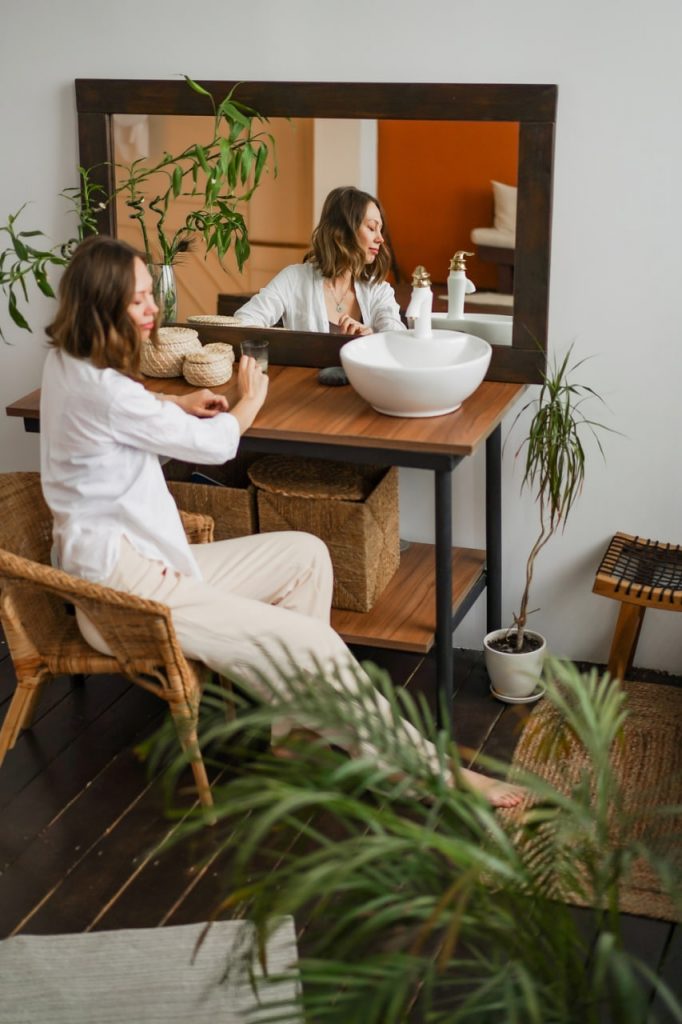Color surrounds us constantly, influencing our emotions, thoughts, and behaviors in subtle yet profound ways. The hues we choose to include in our everyday environments can have a significant impact on our mood, energy levels, and creative potential. Understanding the psychology of color and intentionally incorporating color into daily life offers a powerful tool for enhancing wellbeing and fostering inspiration.
From ancient times, cultures have attributed meaning and symbolism to colors, associating them with emotions, spiritual concepts, and natural phenomena. Modern science supports these intuitions by showing how different colors affect the brain and nervous system. For instance, warm colors such as reds, oranges, and yellows tend to evoke feelings of warmth, excitement, and energy. These colors can stimulate alertness and creativity, making them excellent choices for workspaces or areas where motivation is desired.
On the other hand, cool colors like blues, greens, and purples generally promote calmness, relaxation, and reflection. Incorporating these colors into living spaces or areas designated for rest can help reduce stress and foster a sense of peace. Green, in particular, has a unique connection to nature and balance, often helping to improve focus and mental clarity. Purple, associated with creativity and imagination, can inspire artistic pursuits and problem-solving.
The power of color extends beyond the selection of wall paint or furnishings. Small accents such as pillows, artwork, and even clothing choices provide opportunities to harness color’s psychological effects throughout the day. Wearing certain colors can influence your confidence and mood, while surrounding yourself with uplifting shades can create an environment that nurtures creativity and joy.
Color also interacts with light and texture, adding complexity to its influence. Natural sunlight enhances the vibrancy of colors and shifts their perception throughout the day, encouraging awareness of changing moods and rhythms. Artificial lighting, from warm incandescent bulbs to cool LED lights, can alter the tone and impact of colors, allowing for deliberate adjustments based on desired feelings or tasks.
Using color thoughtfully requires attention to personal preferences and cultural context. Colors that evoke positive emotions in one person may not have the same effect on another, so it is important to experiment and observe your own responses. Some people may find bright, bold colors invigorating, while others prefer muted, pastel tones for comfort and subtlety. Cultural associations also shape how colors are perceived, adding layers of meaning to their use in design and fashion.
Incorporating color into your daily life can be approached with creativity and flexibility. One practical method is to choose a color palette that reflects your current goals or emotional needs and gradually introduce those colors into your surroundings. For example, if you seek more energy and motivation, adding touches of red or orange through décor or accessories may help. Conversely, if relaxation is your priority, layering blues and greens can transform your environment into a tranquil retreat.
Color can also be used to stimulate creativity by creating inspiring workspaces or creative corners. Surrounding yourself with a mix of vibrant and calming tones can balance focus and imagination, encouraging new ideas and innovation. Artists, writers, and designers often use color to set the mood and atmosphere conducive to their creative flow.
Moreover, mindful interaction with color can deepen your aesthetic appreciation and emotional awareness. Paying attention to how colors make you feel throughout the day fosters a greater connection to your environment and yourself. This awareness can lead to intentional adjustments that support your mental health and productivity, turning color into an active participant in your wellbeing.

